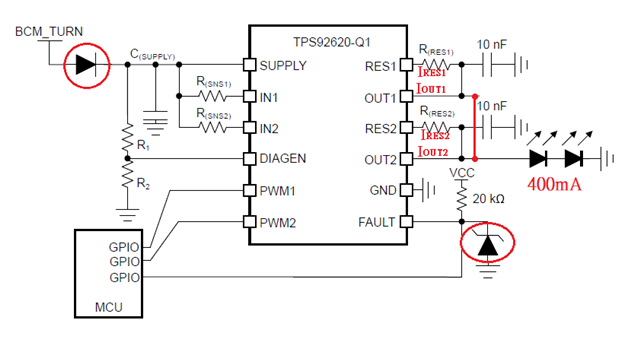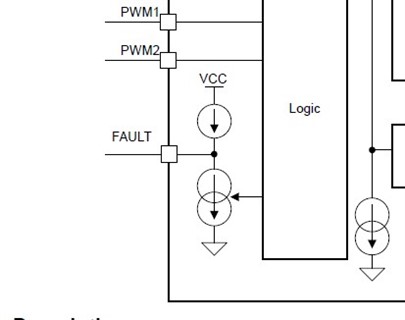Other Parts Discussed in Thread: TPS92633, TPS92633-Q1
Hi Sir,
My customer has the below questions about the TPS92620-Q1.
At the PWM signals 30Hz(33ms) and the high level of 1ms, could the TPS92620-Q1 be used for this PWM condition?
V-in = 12V(wide V-in = 5~36V), V-out =3.1V, I-out = 400mA. For output current condition, could they use TPS92620-Q1 2-ch in parallel to be 1-ch?










